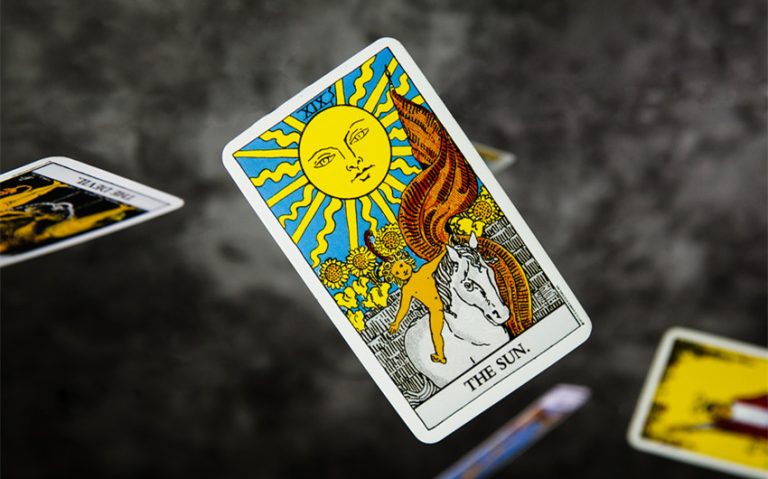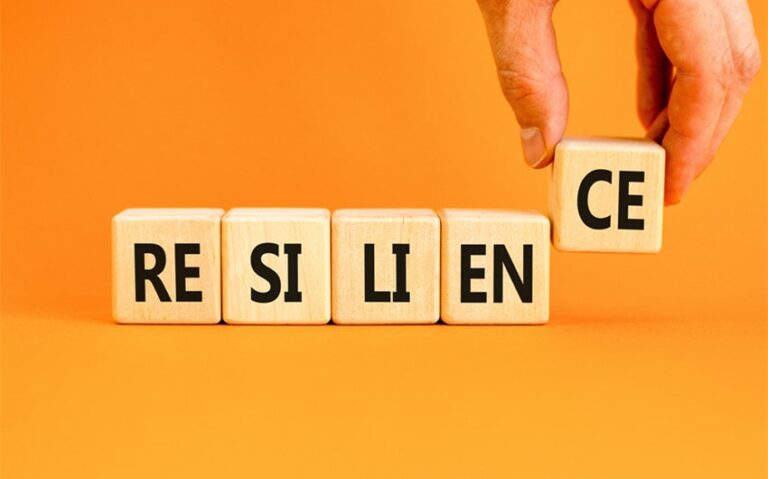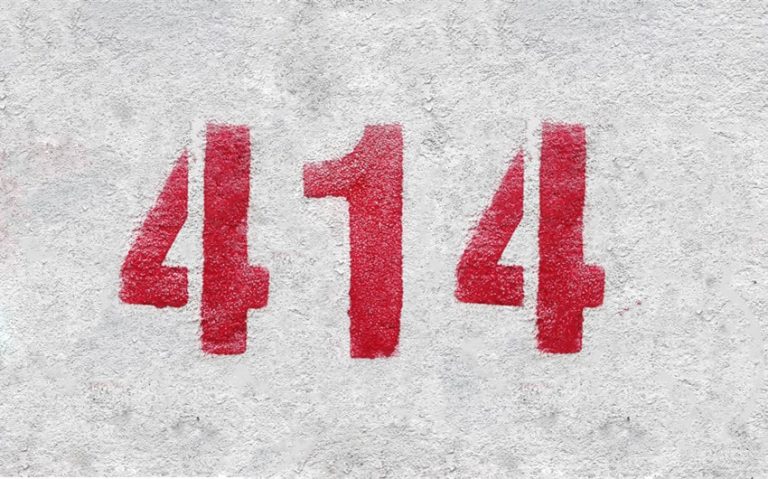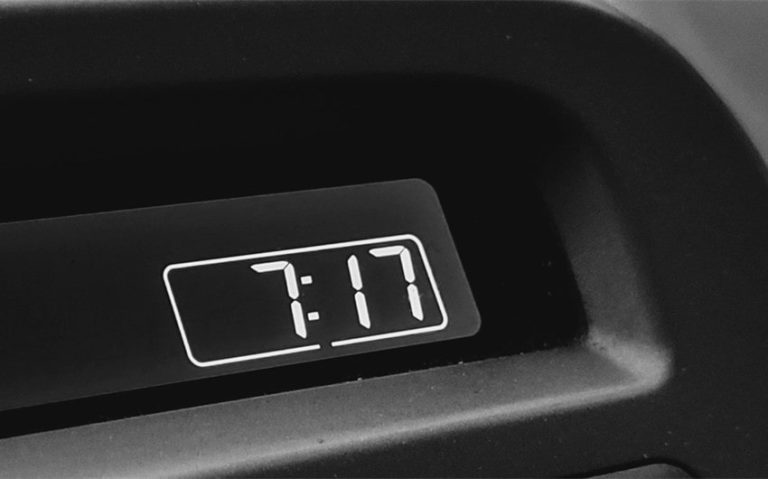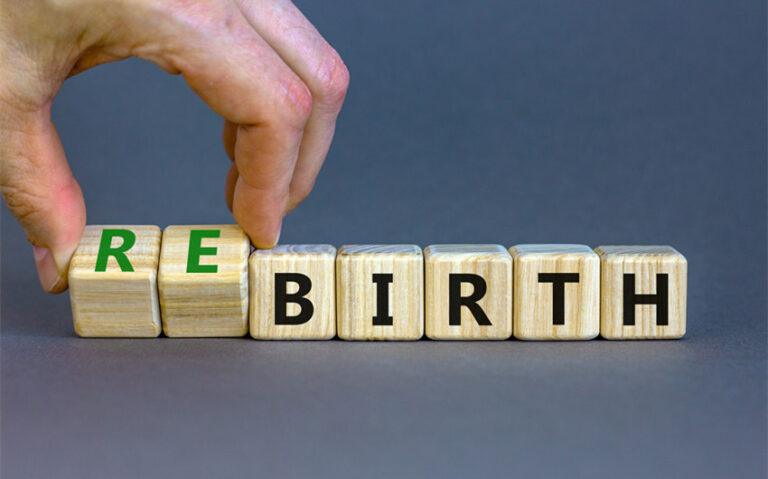15 Unique Symbols of Freedom From History to Modern Times
Freedom means different things to different people—whether it’s breaking away from limitations, finding your voice, or simply being your true self. Across time and cultures, people have turned to powerful images to express these feelings. From soaring eagles to fluttering butterflies, these symbols of freedom remind us of what it means to live without fear, boundaries, or silence.
They show up in art, nature, history, and even personal tattoos—each one carrying a story of hope and strength. In this article, we’ll explore some of the most meaningful symbols that continue to inspire and celebrate the human spirit.
1. Eagle
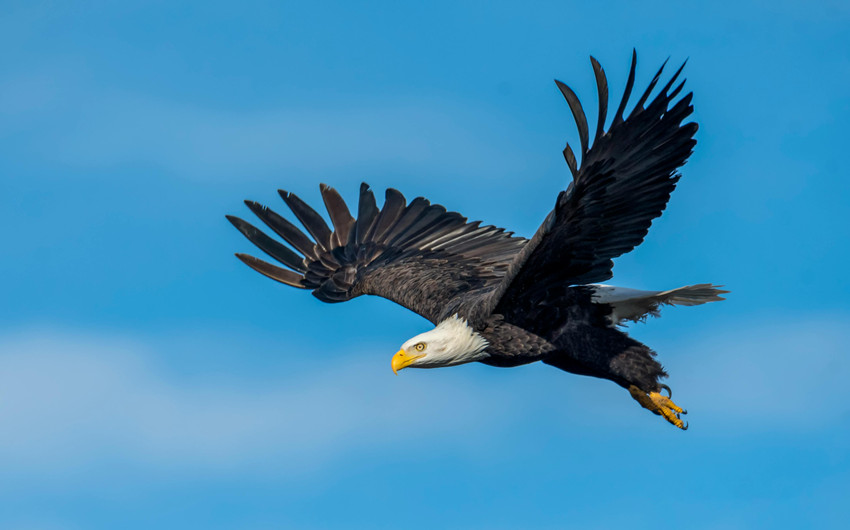
The eagle is a soaring symbol of strength, vision, and complete independence. Its powerful wings and high-flying nature reflect the ability to rise above boundaries and see life from a broader perspective. In many cultures—including Native American and ancient Roman traditions—the eagle stands for courage and spiritual freedom.
In the U.S., it has become a national emblem of liberty, evoking pride, strength, and the idea that everyone should be free to pursue their dreams from a limitless sky.
2. Statue of Liberty
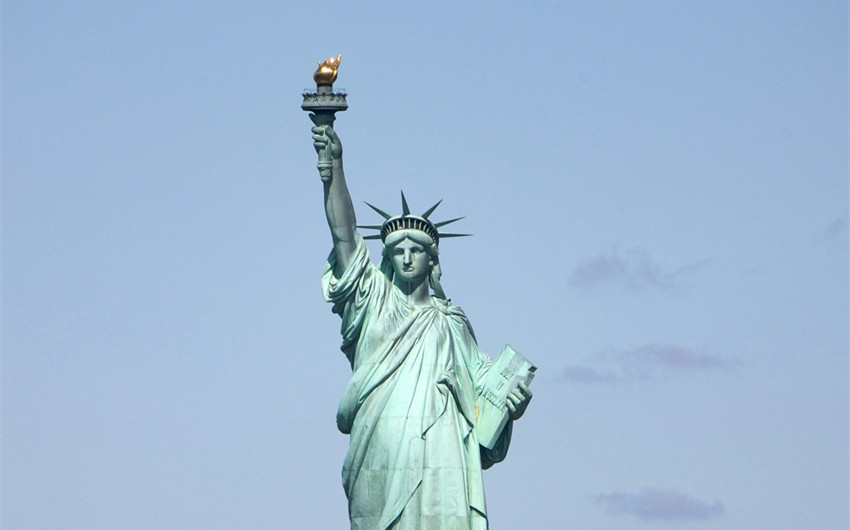
Standing tall in New York Harbor, the Statue of Liberty is more than just a landmark—it’s a global symbol of freedom and refuge. Holding a torch to light the way and a tablet inscribed with the date of American independence, Lady Liberty represents the ideals of democracy, opportunity, and welcome.
For immigrants arriving by sea, she was the first symbol of hope, promising a new life free from oppression. Her presence continues to inspire movements for justice and human rights around the world.
3. Broken Chains
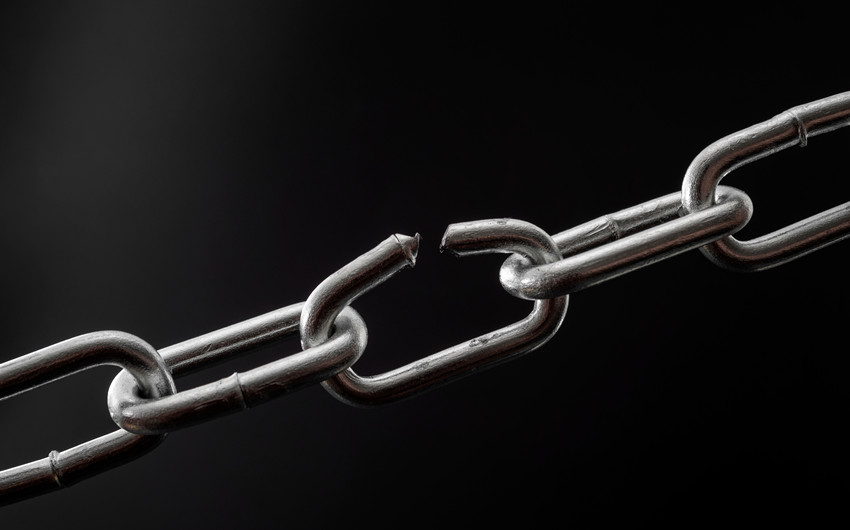
The image of chains snapping apart is a powerful visual of liberation—freedom from slavery, captivity, or any form of oppression. It can represent breaking toxic cycles, escaping from unjust systems, or overcoming internal battles.
Broken chains appear in monuments, abolitionist artwork, and even modern tattoos, serving as a reminder that resilience and resistance lead to release. The symbol transcends history and geography, reflecting humanity’s enduring desire to live free and unbound.
4. Butterfly
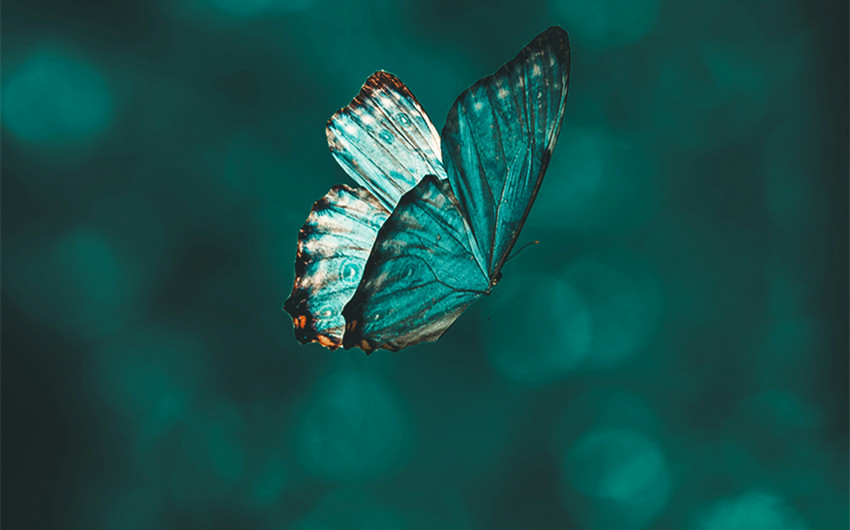
Delicate yet symbolic, the butterfly represents transformation and personal liberation. Emerging from its cocoon after a quiet struggle, the butterfly embodies hope, renewal, and the ability to reinvent oneself.
For many people overcoming grief, trauma, or change, this natural symbol is a reminder that freedom is not always loud—it can be soft, beautiful, and deeply personal. Across cultures, butterflies symbolize the soul’s journey and the freedom found in growth.
5. Phoenix

The phoenix, a mythical bird that is cyclically reborn from fire and ash, is an enduring image of strength through destruction. It symbolizes the freedom that comes after hardship—the emotional rebirth that occurs when you rebuild your life from the ground up.
The phoenix appears in Greek, Egyptian, and Chinese myths, and has modern relevance in stories of survival, healing, and radical change. It teaches that true freedom can arise from even the most painful endings.
6. Liberty Bell
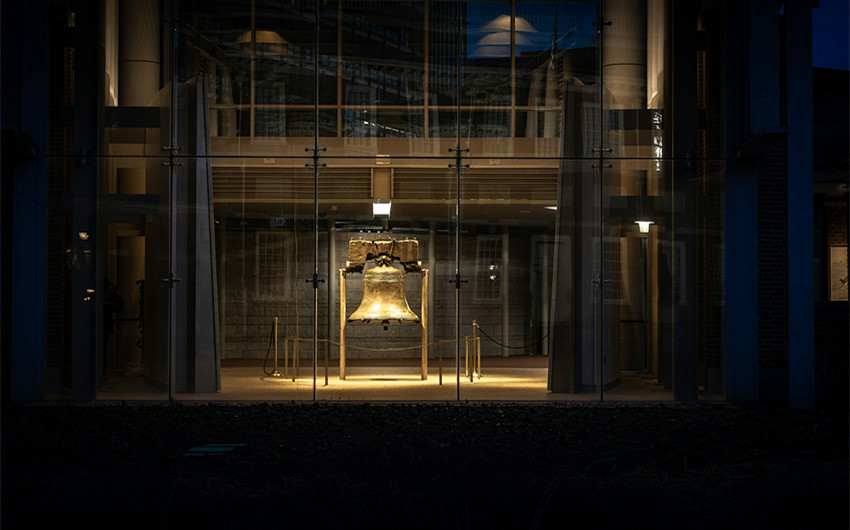
Cracked yet proud, the Liberty Bell in Philadelphia is a timeless symbol of American independence and the pursuit of justice. With the inscription “Proclaim liberty throughout all the land,” it reminds us that freedom must be extended to everyone—not just the privileged few.
Though once rung to mark revolutionary moments, the bell has become a rallying symbol for civil rights movements and the ongoing fight for equality. Its imperfection makes it all the more meaningful, representing the unfinished work of freedom.
7. Wings
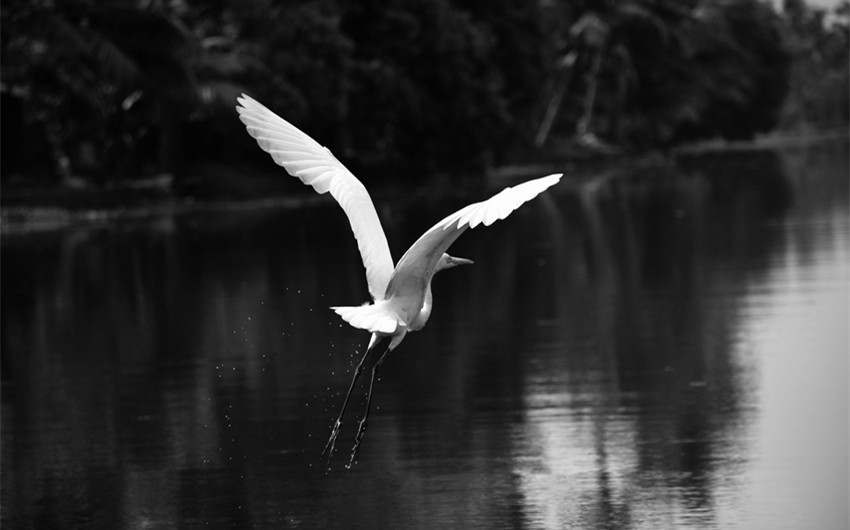
Wings—whether angelic, birdlike, or symbolic—are often associated with elevation, release, and spiritual freedom. They represent the power to rise above physical or emotional limits, giving the soul space to breathe and explore.
Artists and writers frequently use wings as a metaphor for liberation from pain, fear, or restriction. They’re a beautiful emblem for those who’ve left a hard chapter behind and found the strength to fly forward into something new.
8. Open Hands

Hands stretched open—not clenched in fists or curled into fear—convey trust, surrender, and generosity. This symbol can mean freedom from control, freedom to receive, or simply the willingness to live unguarded.
In religious art, open hands often represent divine grace or emotional release. In personal symbolism, they reflect letting go of the past and embracing life’s unknowns with strength and humility.
9. Feather
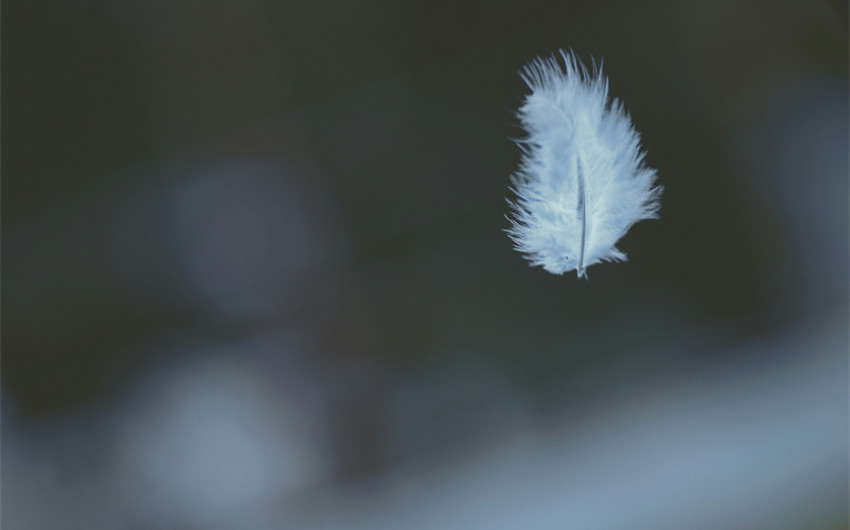
Feathers are often seen as messages from the spirit world, particularly in Indigenous and spiritual traditions. Light and unbound, they drift on the wind, symbolizing release, transcendence, and the freedom of thought or soul.
Feathers are commonly associated with truth, bravery, and the ability to rise above hardship. Whether worn, gifted, or inked onto the skin, a feather reminds us that freedom often begins with lightening the emotional load.
10. Keys

Keys carry both literal and symbolic meaning—they unlock doors, opportunities, and hidden spaces. They can represent personal empowerment, freedom of choice, or the breaking down of barriers that once stood in the way.
A key might be worn as a necklace, used in rituals, or passed between generations as a symbol of legacy and access to a freer future. It’s a simple yet potent metaphor for opening paths once closed off.
11. Peace Sign

First introduced during the nuclear disarmament movement in the 1950s, the peace sign has since become a universal call for freedom from war, violence, and hate. It represents the right to live in safety and dignity.
Across generations and cultures, it’s been used in protests, art, and social movements, making it a timeless emblem of collective liberation and unity. At its core, it speaks to the idea that peace is the foundation of all true freedom.
12. Torch or Flame
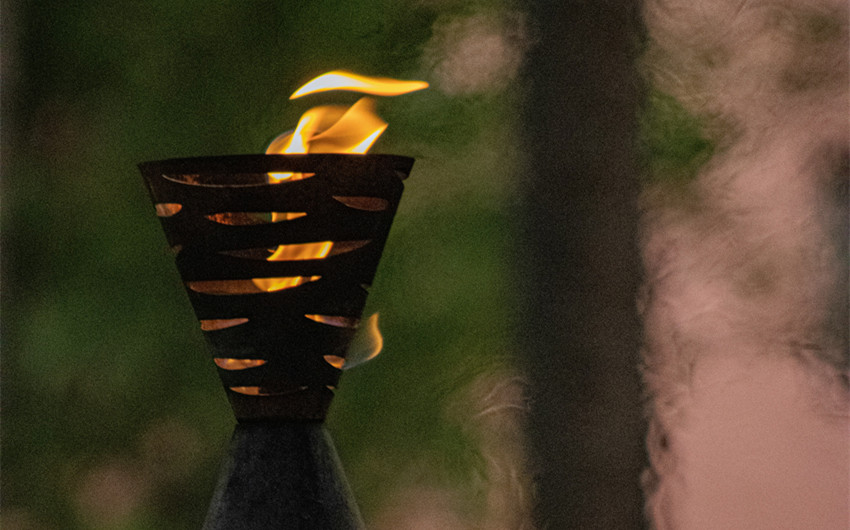
The image of a burning torch or eternal flame has long symbolized knowledge, awareness, and the light of truth. It’s famously held by the Statue of Liberty, passed in Olympic tradition, and used in countless revolutionary icons.
A torch represents the drive to shed light on injustice and to seek liberation through understanding. Flames also signify inner fire—the passion that fuels people to fight for their rights and the spark that can never be extinguished.
13. Horse
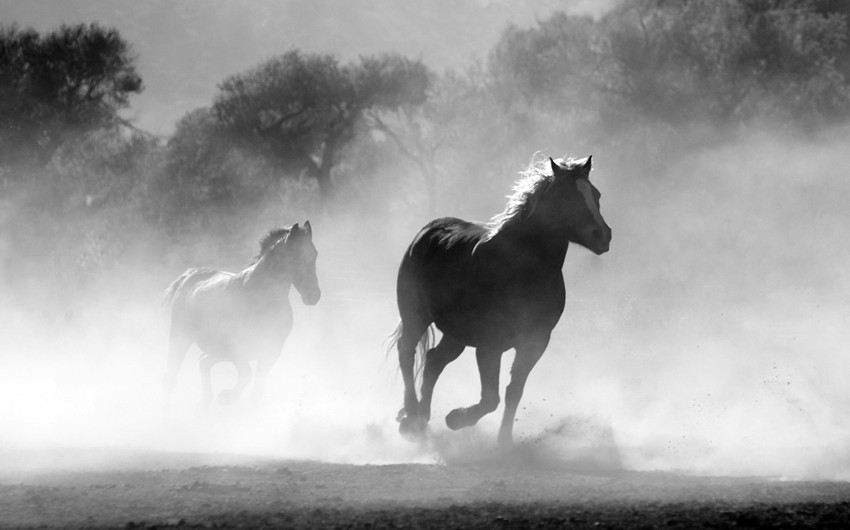
Known for their strength, grace, and wild beauty, horses have long been associated with the spirit of freedom. In many cultures, the horse represents independence, untamed energy, and the ability to roam without borders.
From galloping across open plains to serving as symbols in war and mythology, horses reflect our own desire to live unbound—guided by instinct, movement, and power. They embody both freedom and loyalty, making them one of the most dynamic animal symbols in human history.
14. Dove
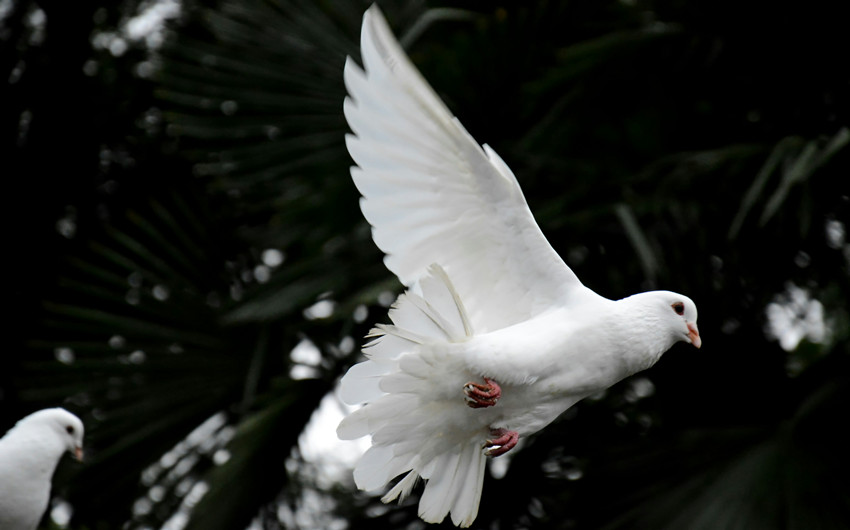
The dove is a universal emblem of peace and release, often shown in flight with an olive branch in its beak. In religious and cultural traditions, doves represent purity, spiritual freedom, and the soul’s transcendence.
Whether used in protests or religious art, the dove reminds us of the possibility of peace in a world full of conflict. Its gentle presence conveys that freedom doesn’t always roar—it can also arrive quietly, with grace and light.
15. Graffiti / Street Art
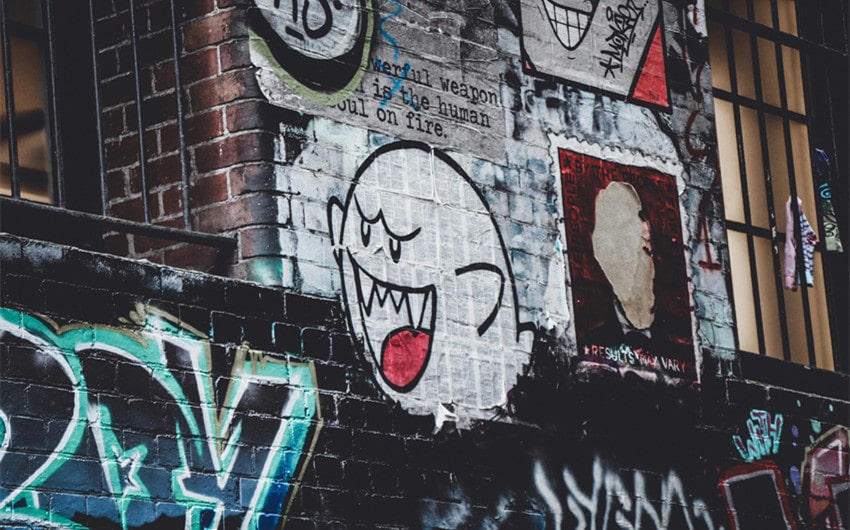
Graffiti is more than urban decoration—it’s a form of resistance and raw, unfiltered expression. It often arises in places where voices have been silenced, becoming a canvas for protest, identity, and truth. Street art allows individuals—especially marginalized communities—to reclaim public spaces and assert their presence.
It’s a modern, powerful symbol of freedom of speech, creativity, and the refusal to be invisible. Each spray-painted message is a bold act of self-liberation.


